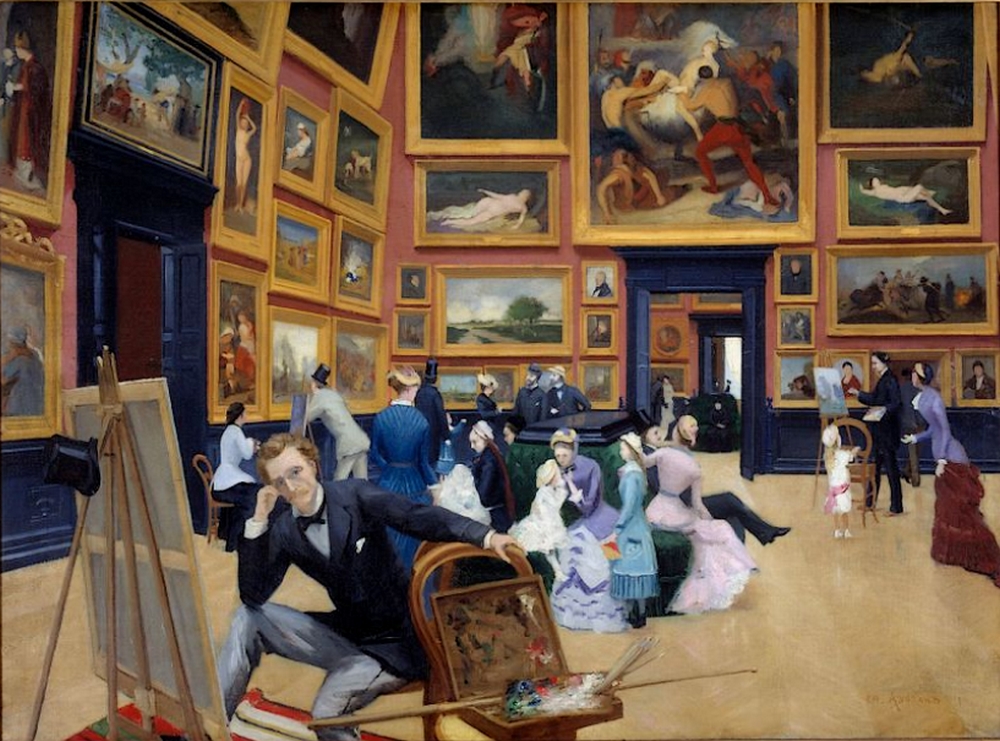This will be a talk for the Oslo potentialism workshop, Varieties of Potentialism, to be held online via Zoom on 23 September 2020, from noon to 18:40 CEST (11am to 17:40 UK time). My talk is scheduled for 13:10 CEST (12:10 UK time). Further details about access and registration are availavle on the conference web page.

Abstract. I shall introduce and describe the subject of modal model theory, in which one studies a mathematical structure within a class of similar structures under an extension concept, giving rise to mathematically natural notions of possibility and necessity, a form of mathematical potentialism. We study the class of all graphs, or all groups, all fields, all orders, or what have you; a natural case is the class $\text{Mod}(T)$ of all models of a fixed first-order theory $T$. In this talk, I shall describe some of the resulting elementary theory, such as the fact that the $\mathcal{L}$ theory of a structure determines a robust fragment of its modal theory, but not all of it. The class of graphs illustrates the remarkable power of the modal vocabulary, for the modal language of graph theory can express connectedness, colorability, finiteness, countability, size continuum, size $\aleph_1$, $\aleph_2$, $\aleph_\omega$, $\beth_\omega$, first $\beth$-fixed point, first $\beth$-hyper-fixed-point and much more. When augmented with the actuality operator @, modal graph theory becomes fully bi-interpretable with truth in the set-theoretic universe. This is joint work with Wojciech Wołoszyn.

Pingback: Modal model theory | Joel David Hamkins